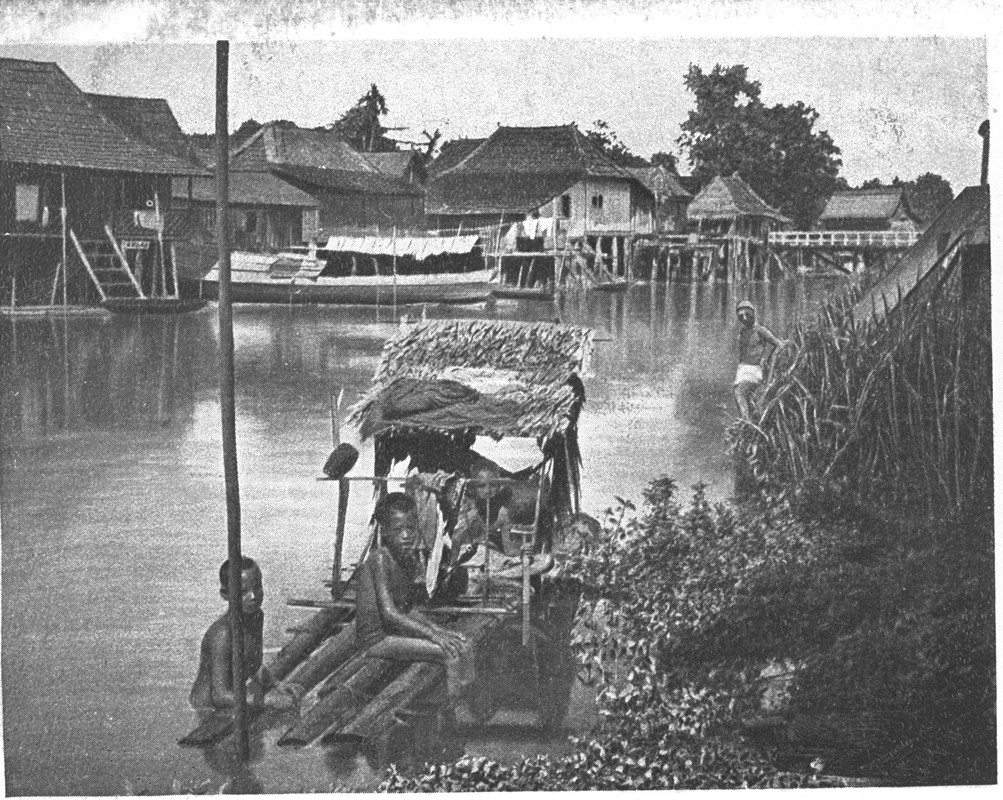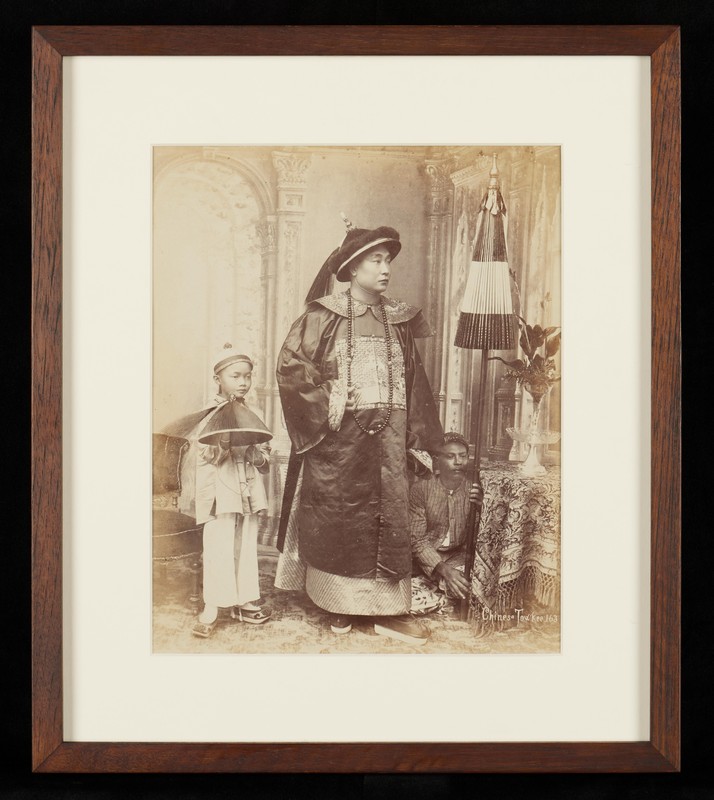Hakka temples in Singapore: Hock Teck See temple and Fuk Tak Chi temple
The worship of heaven, earth, and natural elements was of significant importance in ancient Chinese beliefs. This was because man’s survival was dependent on the natural environment in the early days, when productivity was relatively low. As a result, people developed complex feelings of fear, awe, and dependency towards natural phenomena. The earth, which is the wellspring of life, naturally became an object of worship for ancient Chinese. As land and agriculture were closely intertwined, earth deity Tua Pek Kong became a deity widely worshipped by the Chinese across different dialect groups. For instance, one can see numerous Tua Pek Kong temples across Singapore, Malaysia, and Taiwan. These temples are not owned by individuals of a specific origin, but have become places of worship for people from different backgrounds.
Tua Pek Kong and the Hakka people
What is the relationship between Tua Pek Kong and the Hakka people? This topic has been extensively explored by many experts on Southeast Asia, with notable works including Han Wai Toon’s (1891–1970) “Dabo gong kao” (A Study on Tua Pek Kong, 1940); Hsu Yun Tsiao’s (1905–1981) “Dabo gong, erbo gong yu bentou gong” (Tua Pek Kong, Er Pek Kong, and Pun Tao Kong, 1951); and Tan Yeok Seong’s (1903–1984) “Tokong kao” (On the Local God Tokong, 1951).
These discussions present two major interpretations of the attributes and significance of Tua Pek Kong worship. One perspective regards him as a regional guardian deity associated with the worship of land, while the other views him as the ancestral spirit of forebears and his worship as the veneration of early ancestors. Hakka people who live in mountainous and inland regions hold a deep reverence for the Earth Deity, seeking from him divine protection and bountiful harvests. As Hakkas commonly address their male elders as “Tua Pek Kong” or granduncle, they used the same term for the Earth Deity to establish a closer connection with him. Unlike figures such as Mazu or Guan Yu, who are historical figures, Tua Pek Kong is a local land deity associated with a specific place, and holds a position bestowed upon him by a divine entity or deified individual.
In Chinese religious beliefs, renowned historical figures such as Han Changli (Han Yu), a literary figure from the Tang dynasty, are also considered land deities.1 Such a role combines elements of ancestors or revered spirits. Tua Pek Kong is thus a composite of a land deity and an esteemed spirit, making him one of the key deities worshipped by the Hakka community. When the Hakka people migrated to various regions in Southeast Asia, including Singapore, they brought the worship of Tua Pek Kong with them. Tua Pek Kong not only fulfils the role of a land deity but also serves as a protector, blessing and safeguarding the Hakka pioneers who ventured southwards to make a living overseas.
Hock Teck See temple
Along Shenton Way in the bustling Central Business District of Singapore stands a historic temple that has borne witness to the city-state’s rapid development. Hock Teck See temple (also known as Fook Tet Soo Khek temple) is said to have been established by Hakka individuals in 1844. It was originally known as Tanjong Pagar Fook Tet Soo, and was founded by representatives from the eight districts of Kar Yeng (Meixian, Pingyuan, Xingning, Wuhua, and Jiaoling) and Fong Yun Thai (Fengshun, Yongding, and Dabu).
As the temple was first built by the sea, it is also commonly referred to as the Wang Hai Da Bo Gong Miao (Sea-facing Tua Pek Kong Temple). At its inception, Hakka clan associations Ying Fo Fui Kun and Fong Yun Thai Associations each sent 20 directors as representatives. These representatives then designated someone from among themselves as temple president on a rotational basis every two years. The position of manager was appointed by the team of each term, and the treasurer was appointed by the other group, forming a board of directors to jointly manage the temple’s affairs.
When the temple was established is less clear. Older Hakka generations have pointed out that Hakka immigrants had already been venerating Tua Pek Kong at the CBD location when Stamford Raffles (1781–1826) landed in Singapore. But it was only later, as the number of worshippers increased, that the temple was built. By this account, the temple boasts a history spanning close to two centuries.

Fuk Tak Chi temple
Another Hakka temple, established in 1824 at Telok Ayer Street, was Fuk Tak Chi temple, known as Hai Chun Fu De Ci (Tua Pek Kong Temple by the seaside).2 In 1854, it was reconstructed with donations from both the Hakka and Cantonese communities. The contributors included leaders from Kwong Wai Shiu (Guangzhou, Huizhou, and Zhaoqing), Kar Yeng Five Districts, and Fong Yun Thai. In 1869, additional donations from the Cantonese and Hakka communities facilitated the temple’s expansion. At the same time, Hokkien businessman Cheang Hong Lim (1841–1893) donated additional land, which ensured the temple’s stable development. Fuk Tak Chi temple is an example of early collaboration between the Hakka and Cantonese communities in establishing temples to safeguard their interests in Singapore.
But Fuk Tak Chi temple had to give up its central location as Singapore’s development gained pace. After extensive negotiations and discussions, the government acquired its land in March 1985. Today, what remains of Fuk Tak Chi temple is only the exterior structure and inscriptions on the interior walls.
Hakka pioneers in Singapore came from the mountainous regions of Guangdong and Fujian. They ventured overseas to seek a livelihood and went on to establish ethnic temples for their community in Singapore. The establishment of Hock Teck See temple and Fuk Tak Chi temple reflects not only their struggles and achievements, but also their collaborative efforts with other dialect groups, constituting a key chapter in the history of Singapore’s Chinese community.

This is an edited and translated version of 新加坡客家人的庙宇:望海大伯公庙与海唇福德祠. Click here to read original piece.
| 1 | Song Longfei, Exploring the Origins of Folk Art (Taipei: Artist Publishing Company, 1982), 258. |
| 2 | “Hai Chun” means “seaside” in Hakka. |
Chen, Poh Seng and Lee, Leong Sze, “Kejiaren yu dabogong de guanxi: yi xinma wei li” [The relationship between Hakkas and Tua Pek Kong: a case study of Singapore and Malaysia]. In Minjian wenhua yu huaren shehui [Folk culture and Chinese society], edited by Lim Wei Yi, 59–68. Singapore: Singapore Society of Asian Studies, 2006. | |
Cheng, Chih-Ming. “Kejia shehui dabogong xinyang zai dongnanya de fazhan” [The development of Tua Pek Kong belief among the Hakka community in Southeast Asia]. Journal of Huaqiao University 1 (2004): 64–74. | |
Hsu, Yun Tsiao. “Zai tan dabogong yanjiu” [Further discussions about Tua Pek Kong research]. Journal of the South Seas Society 8, no. 2 (1952): 19–24. | |
Jao, Tsung-i. “Tan bo gong” [Talking about Pek Kong]. Journal of the South Seas Society 8, no. 2 (1952): 27–28. | |
Yin, Wei. Zhongguo minjian sushen [China folk earthly gods]. Kunming: Yunnan People’s Publishing House, 2003. |










